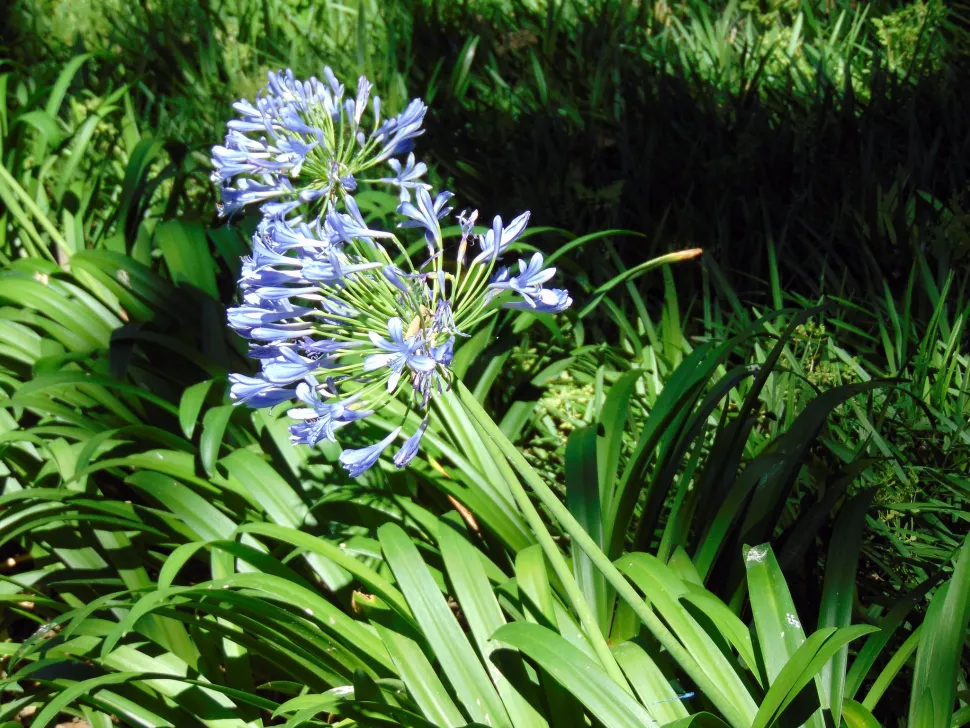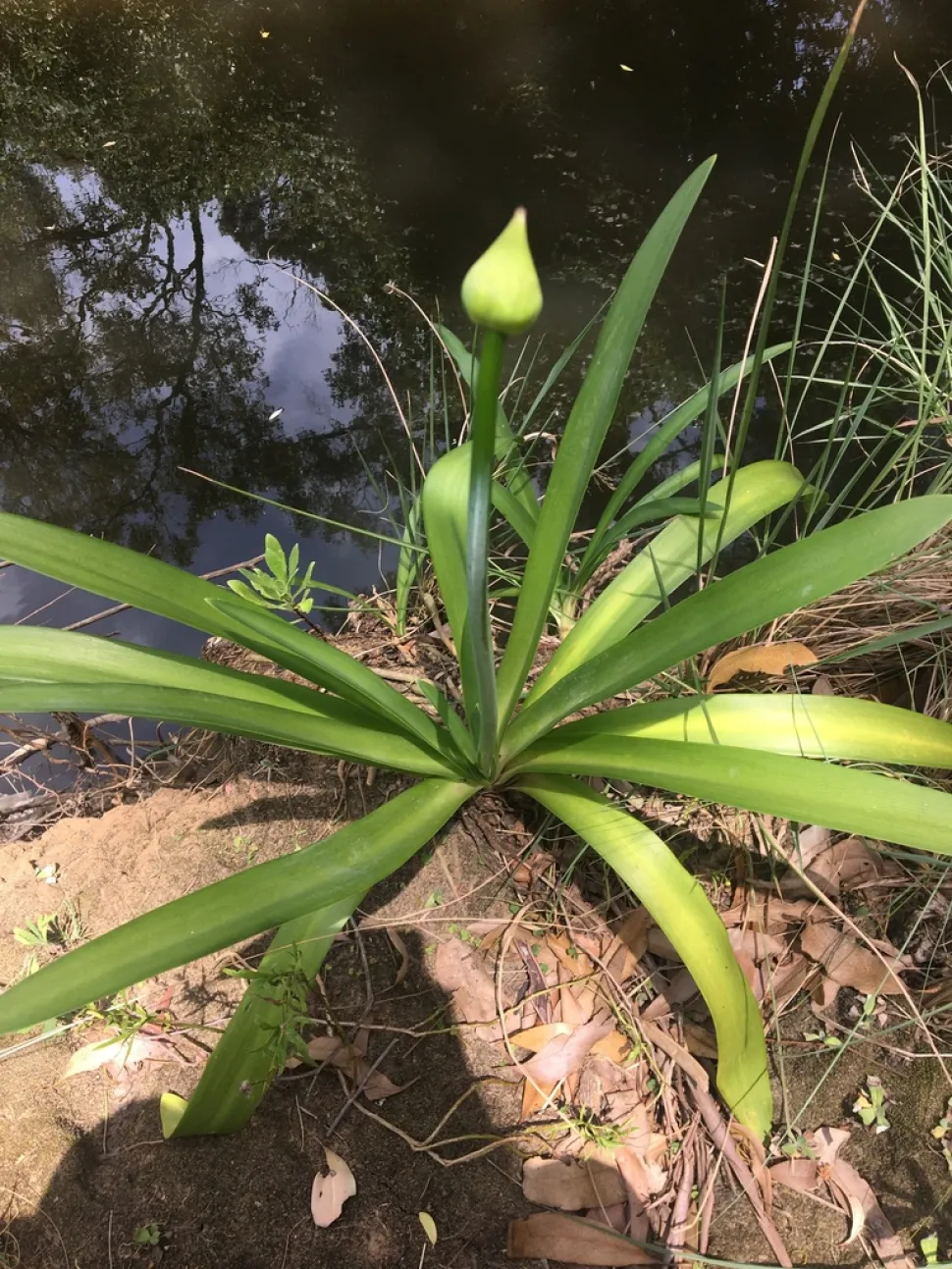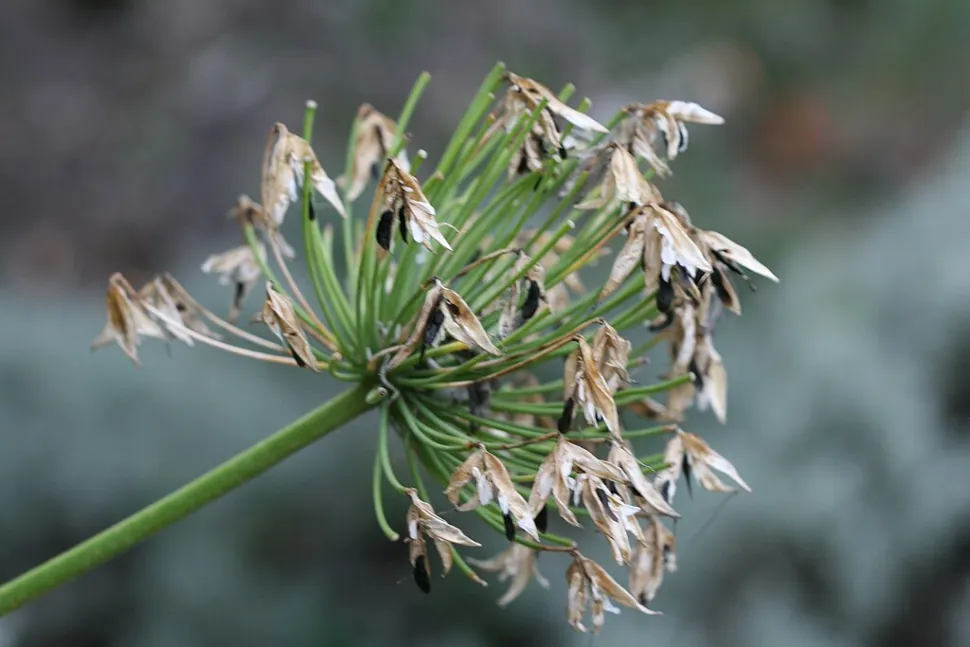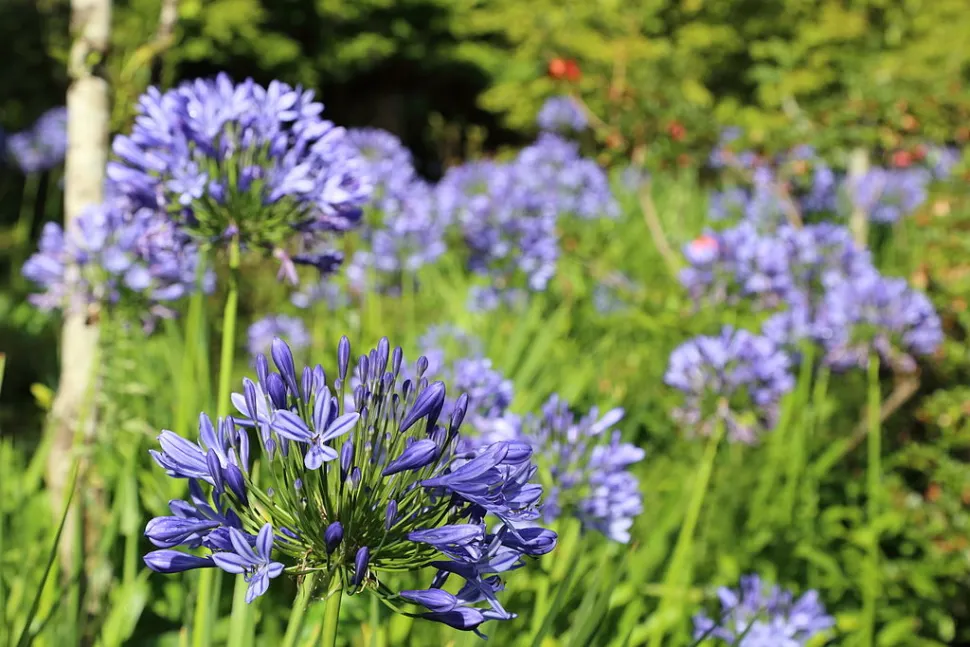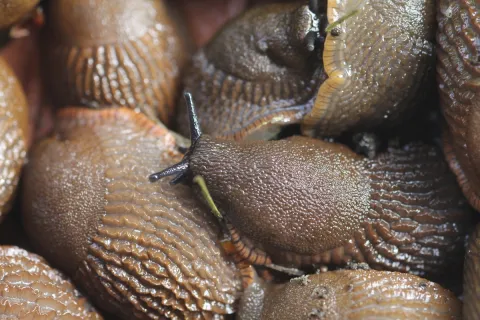Agapanthus praecox, early agapanthus
It's hard to tell the difference between Agapanthus praecox and agapanthus africanus. Even professionals get confused, and one is often sold under the name of the other. In fact, both plants in the Amaryllidaceae family are native to the Cape Province and have bluish flowers. But Agapanthus praecox is distinguished by its large size.
How to recognize Agapanthus praecox?
Agapathus praecox is a perennial with a bushy habit. In the wild, this agapanthus grows up to 1.5 meters high and 60 meters wide. However, dwarf varieties are commercially available up to 50 centimetres high.
The plant is aculeate. Leaves emerge from the rhizomatous stump to form a rosette. They are dark-green strips 40 centimetres long.
Flowering takes place in summer. A flowering spike over a metre long rises from the middle of the foliage. It is topped by an umbel of flowers ranging from whitethrough pale blue to indigo. The six-lobed flowers resemble bells. They are home to bees, butterflies and other pollinating insects.
The flowers then give rise to oblong capsules. When opened, the fruit releases black, winged seeds.
The sap of Agapanthus praecox is toxic. It causes digestive problems when ingested, and irritation if it comes into contact with skin and mucous membranes. Remember to protect yourself when pruning your agapanthus, and keep your pets away from its foliage.
Our maintenance tips
Agapanthus praecox can have deciduous or semi-evergreen foliage. If you live in a region where it freezes, prefer the former. They are hardier and equally resistant to sea spray and drought.
Watering
Water your plant generously during the growing season.
The plant should be watered when the surface of the root ball is dry (about one centimeter deep). Water with non-calcareous room-temperature water, such as rainwater or demineralized water.
To prevent root rot, never leave standing water in the saucer or at the bottom of the planter.
To prevent root rot, never leave standing water in the saucer or at the bottom of the planter.
Reduce watering during dormancy.
Agapanthus praecox live in desert regions. They tolerate drought, but dread excess water. The substrate must remain completely dry for a few days between waterings.
When watering, use water at room temperature to avoid stressing the plant.
Roots run deep. You therefore need to moisten the entire root ball. Pour in water until the excess runs out through the drainage hole. Stop watering and empty any water that accumulates in the saucer or planter. It may rot the roots.
Repotting
Soak your Agapanthus praecox. Choose a pierced pot that is taller than it is wide. Its diameter should be slightly larger than the root ball, but its depth should be greater to allow the root system to develop.
Fill the bottom of the pot with a rich, draining substrate, such as potting soil for Mediterranean plants. Plant your Early Agapanthus. The rootball should be a few centimetres below the rim of the pot. Add potting soil to reach the height of the root ball.
Water generously to encourage rooting and remove air bubbles. Mulch withmineral or vegetable matter to keep the soil cool.
Fertilization
You can stimulate the growth of your plant during its growth phase, in spring and summer, with fertilizer.
Fertilize your Early Agapanthus every month. Use a flowering plant fertilizer to stimulate flowering.
Prune
To encourage the growth of your Early Agapanthus, prune regularly.
Remove dried leaves.
Cut back flower stems when flowers have wilted. If you use a tool, make sure it's clean and sharp.
Plantation
Once the last spring frosts have passed, you can plant.
Soak your Agapanthus praecox. Dig a planting hole at least 30 centimetres deep. Remove stones and weeds. If you're planting several specimens, space them 50 centimetres apart.
Plant your Early Agapanthus. The rootball should be level with the ground. Fill in with garden soil. You can add compost if your soil is poor, or sand if it's heavy. Water copiously to eliminate air bubbles and aid recovery.
You can also mulch the base witha mineral material (slate, gravel, pebbles) or plant material (leaves, hemp, wood shavings) to keep the soil fresh. This will also prevent the appearance of weeds!
Cutting
Cutting is carried out during the strong growth phase, generally in spring and early summer.
Rhizomes are underground stems. To access them, you'll need to dig up your plant. Proceed delicately so as not to damage the roots.
Observe the root system to detect the natural demarcation between rhizomes. Once you've identified two distinct roots, gently separate them using your hands.
Obtain a drilled pot. Its diameter should correspond to the size of the cutting, but it should be deep (around 30 centimetres) so that the roots can develop.
Fill it with a rich, well-draining substrate, such as potting soil for Mediterranean plants.
Place your agapanthus praecox in the center. Add potting soil and tamp gently. Water to encourage rooting and remove air bubbles.
You can use plant or mineral mulch to keep the soil cool and limit watering.
Disease / Threat
Information
| Family | Amaryllidaceae - Amaryllidaceae |
| Type | Agapanthus - Agapanthus |
| Species | Agapanthus praecox - Agapanthus praecox |
| Lifecycle | Perennial |
| Foliage | Semi-evergreen |
| Exposure | |
| Substrats | |
| Planting methods |
Open ground In pots In tubs |
| Categories | |
| Tags |
Beginner Flowery Toxic |
| Origin |
South Africa |
| Hardiness (USDA) | 9b |
| Leaf color |
|
| Flower colors |
|
| Fruit color |
|
Discover plants from the same family
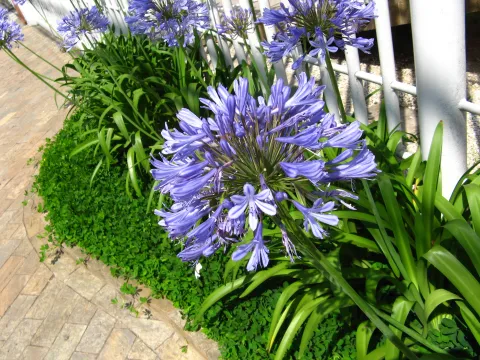
Agapanthus africanus
Discover
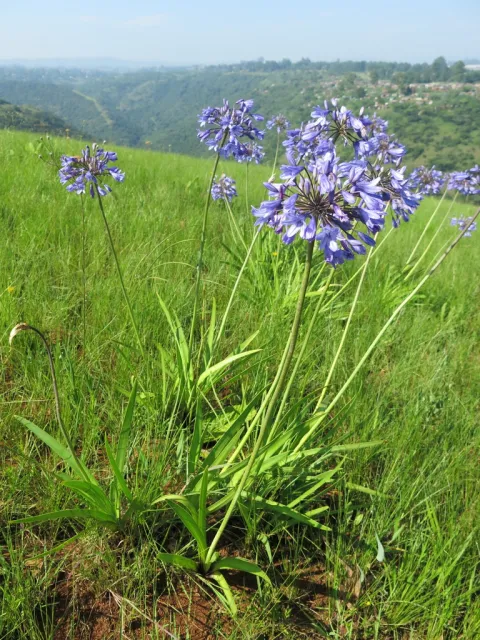
Agapanthus campanulatus
Discover
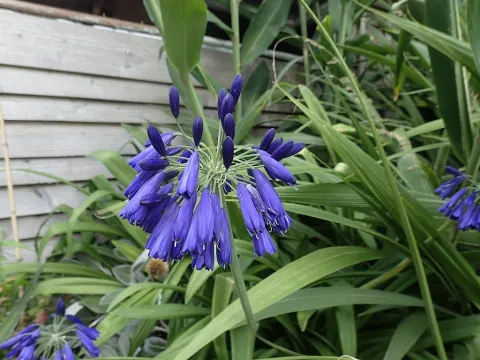
Agapanthus inapertus
Discover
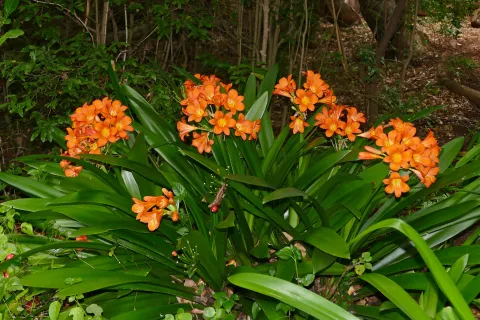
Clivia miniata
Discover
